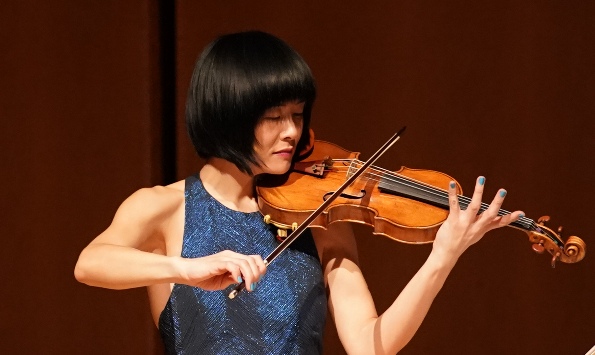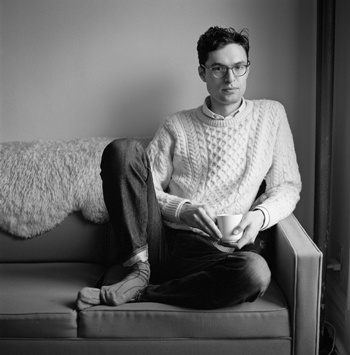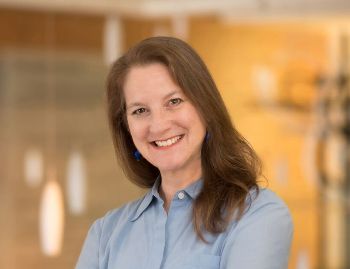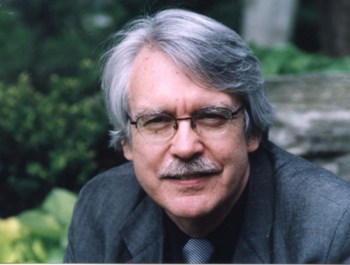Classical Voice America
By Kyle MacMillan
February 1, 2018
original
link
What’s A Caprice? Koh Envisions It As Shared Madness

Reprising part of her ‘Shared Madness’ project, Jennifer Koh performed 14 caprices, by 14 different composers, at Northwestern University. (Todd Rosenberg)
CHICAGO – Adventurous violinists have long sought out composers to write showpieces for their playing, but those works typically stay within the conventional bounds of a sonata or concerto. But in recent years, a few artists have taken a more imaginative and wide-ranging approach to such commissions.
In 2011-13, for example, Hilary Hahn gained widespread attention for her project, In 27 Pieces: The Hilary Hahn Encores, in which she tried to revivify this overlooked short form that artists such as Fritz Kreisler once reveled. She invited 26 composers to take part in the effort – including Mason Bates, Jennifer Higdon, Nico Muhly, and Einojuhani Rautavaara –and chose the final participant via an online contest. (This is available on CD.)
Jennifer Koh, another well-regarded violinist, has done something similar, commissioning 32 top composers (including some crossovers from Hahn’s list) to write contemporary takes on the caprice or the capriccio, a free-form work typically written in a brilliant style. Among the most celebrated such works are the 24 Caprices for Solo Violin, composed in 1802-17 by the great virtuoso Niccolò Paganini. This new set of caprices – most running several minutes – were premiered in June 2016 at National Sawdust, an alternative music venue in Brooklyn, under the auspices of the New York Philharmonic’s Second Biennial.
Koh reprised this undertaking Jan. 28, performing 31 of the 32 works (it was not clear why one was missing) in two back-to-back programs at Northwestern University in Evanston, Ill., as part of the Bienen School of Music’s 2018 Winter Chamber Music Festival. I reviewed the afternoon concert, which consisted of 14 of the caprices (Koh revised the order for the two line-ups from what was originally printed in the program), starting with for jenny by Samuel Adams, Mead composer-in-residence at the Chicago Symphony. It was a dazzling – if sometimes frustrating – offering.
The roots of this project, titled Shared Madness, date back to the Chicago native Koh’s eight-year effort to purchase a violin that she could play for the rest of her career. New-music patrons Elizabeth and Justus Schlichting came to the rescue and covered much of her debt from the purchase, and even better, agreed to accept musical commissions as repayment. Koh then turned to the diverse group of composers she has worked with and befriended, and they agreed to support her by creating these short works for the solo violin. Her challenge to them: redefine what violin virtuosity can be in the 21st century, just as Paganini did nearly two centuries earlier.
If there is a downside to these works, it is that a certain sameness has crept in, at least among the ones featured in the matinee. Perhaps reflecting the socio-political climate of our time, many of these pieces tended toward extremes of tempo and technique, putting showy effects over musical affect. A good example is the final work, spinning jenny, by Julia Wolfe, a recipient of a 2016 MacArthur Foundation “genius” grant and winner of the 2015 Pulitzer Prize in music. This fast-and-furious work emerged as an unrelenting blur of flying fingers and a careening bow. Too often missing across these pieces are such qualities as playfulness, frivolity, and maybe even a little romance. Surely, virtuosity should be about more than just pushing technique to its breaking point.
That said, here are some of the caprices that stood out to me:

Timo Andres explores the violin’s intimate side. (Michael Wilson)
Winding Stair, Timo Andres. In one of the most overtly melodic caprices, the Brooklyn composer and pianist explores the intimate and vulnerable side of the solo violin. The title derives from motifs that climb up and down the scale and turn back on themselves, unfolding at a gentle pace that allows plenty of room for rubato. Andres tries to create what he calls the “illusion of harmony,” with five-note groups that are arpeggiated chords centered on G-sharp. What results is a searching, introspective work that was sensitively realized by Koh in an eloquent interpretation wherein her fetching tone was on rich display. [To hear Koh and Andres talk about this work, listen here.]

Lisa Bielawa uses a haunting leitmotif from her opera. (Carlin Ma)
Vireo Caprice, Lisa Bielawa. The composer-vocalist’s works often have a literary source and a narrative thread, so it’s not surprising that this one features a haunting melody that Bielawa describes as a leitmotif from her opera, Vireo: The Spiritual Biography of a Witch’s Accuser. Koh was among the 350 musicians who took part in the ground-breaking, 12-part creation which was made for television and the internet. Near constant, often unsettling trills, slightly uncomfortable dissonances, and an unflagging, forward momentum that continues until the slow fade-out at the end give this caprice an alluringly disorienting, other-worldly quality. [To hear Koh and Biewala talk about the concept of story-telling as it relates to this caprice, listen here.]

Gabriel Kahane’s caprice is loaded with laugh lines. (Josh Goleman)
The Single Art Form Is Dead, Gabriel Kahane. This creator is a cross-genre pianist, vocalist, and composer known for his wit and whimsy. He is especially adept at writing songs, and his most famous work is Craigslistlieder, in which he set Craiglist ads to music. Given his way with words, it is perhaps not completely surprising that his contribution to this set of caprices is a kind of performance work, with just a few musical bars tossed in here and there. He provides a script for Koh to read, a humorous justification for why this isn’t a musical work in any traditional sense. After all, the single art form is dead, right? The violinist showed herself to be an adept actor, if that is right word, nailing all the laugh lines. [To hear Koh share this work, listen here.]

John Harbison’s caprice has an alluring (Katrin Talbot)
Painting the Floors Blue, John Harbison. The winner of the Pulitzer Prize for music in 1987 is one of the most senior and accomplished composers gathered for this project.A simple recurring melody runs through this work – a spellbinding set of variations on All for You, which is part of a 2008 set of his songs titled After Hours. As the caprice’s title suggests, the work has a bluesy, plaintive quality with sometimes unexpected rhythms. It puts Koh through her paces technically, including a section at the instrument’s extreme upper register, but this piece is much more about creating a mood and telling a story however abstract it might be. And Koh showed herself to be more than up to the task. [To hear Koh and Harbison discuss this work, go here.]
Reflecting a breathtaking level of technique, Koh hardly broke a sweat during her 90-minute matinee, handling everything these composers threw at her with seeming ease. And to her credit, she went beyond the fireworks and brought a sense of genuine depth and expressiveness to these works. If there was any knock on her approach, it was her choice to play these works with so little break between some of them that it was easy to get confused about where she was in the line-up. At several points, she stopped to talk to the audience (asking once, “How’s everyone doing?”); it might have been helpful to note what the next selection was in case anyone was lost.
But any negatives were outweighed by the positives. Koh deserves considerable credit for conceiving and now championing this unquestionably creative and ambitious undertaking – a model that other artists might well follow in similarly inventive ways.
Koh will next perform Shared Madness Feb. 10-11 at Duke University in Durham, N.C., as part of the Duke Performances series. In addition, listeners can hear interviews with most of the composers and performances of their pieces that were recorded and broadcast last year as part of WXCR’s Q2 Music series. Those recordings are available online.
Kyle MacMillan served as the classical music critic for the Denver Post from 2000 through 2011. He is now a freelance journalist in Chicago, where he contributes regularly to the Chicago Sun-Times and Modern Luxury and writes for such national publications as the Wall Street Journal, Opera News, Chamber Music, and Early Music America.
Copyright © Classical Voice America
© Jennifer Koh, All Rights Reserved. Photography by Juergen Frank. Site by ycArt design studio